Traveller: The Legendary Steed of General Robert E. Lee
In the annals of American history, few figures are as emblematic of the Civil War era as General Robert E. Lee. Commanding the Confederate Army of Northern Virginia, Lee became a symbol of the South’s fight during the tumultuous years of the Civil War. Known for his strategic acumen, personal integrity, and the deep loyalty he inspired among his troops, Lee’s leadership qualities are undisputed. Yet, amidst the battlefield strategies and historical debates, one constant companion of Lee’s journeys often goes unheralded — his trusted steed, Traveller.
Traveller was not just any horse; he was a remarkable animal whose resilience, strength, and calm demeanor under fire made him the ideal partner for General Lee. Purchased in 1861, Traveller and Lee’s bond was immediate and strong, enduring the hardships of war and becoming a lasting symbol of Confederate history. This magnificent gray American Saddlebred, initially named Jeff Davis, was rechristened by Lee, a change that marked the beginning of an extraordinary partnership. Traveller’s steadfast presence by Lee’s side through many battles highlighted not only the importance of cavalry in the Civil War but also the unique relationships formed between soldiers and their mounts.
As we delve into the history of Traveller, we uncover more than just the story of a horse. We find a narrative that intertwines with that of General Lee, offering insights into the personal dimensions of war, the deep bonds formed in the face of adversity, and the enduring legacy of these companions in the annals of American history. Traveller’s story is a testament to the role of animals in warfare and the unspoken heroes of our past, whose loyalty and service went beyond the call of duty.
Early Life of Traveller
Before he became the iconic companion of General Robert E. Lee, Traveller began his life in the serene landscapes of the Greenbrier County, Virginia (now West Virginia), in 1857. Initially bearing the name Jeff Davis, after the President of the Confederate States, this remarkable horse was destined for greatness from the start. Born into the esteemed lineage of the American Saddlebred, a breed renowned for its intelligence, speed, and agility, Traveller exemplified the finest qualities of his breed.
The American Saddlebred, known for its ability to perform a wide range of gaits, is a breed that combines strength with grace, making it highly sought after for both riding and show. Traveller, with his grey coat, strong build, and spirited yet gentle nature, was an exceptional representation of his breed. These characteristics were not only aesthetically pleasing but also immensely practical for the demanding roles required of a military horse.
Traveller’s early life on the farms of the Blue Ridge Mountains allowed him to develop the stamina and resilience needed to endure the rigors of war. His ability to cover long distances at a steady pace, coupled with his calmness under pressure, made him an ideal candidate for a high-ranking officer’s mount. It was these traits that caught the eye of General Lee during the Civil War when he was seeking a horse that could carry him safely and swiftly across the battlefields of America.
The qualities that defined Traveller—his endurance, reliability, and majestic presence—were not just beneficial for practical purposes. They also served to inspire those who fought alongside him and Lee. In a time of great turmoil and uncertainty, the sight of Traveller, steadfast and unyielding, offered a glimmer of stability and hope.
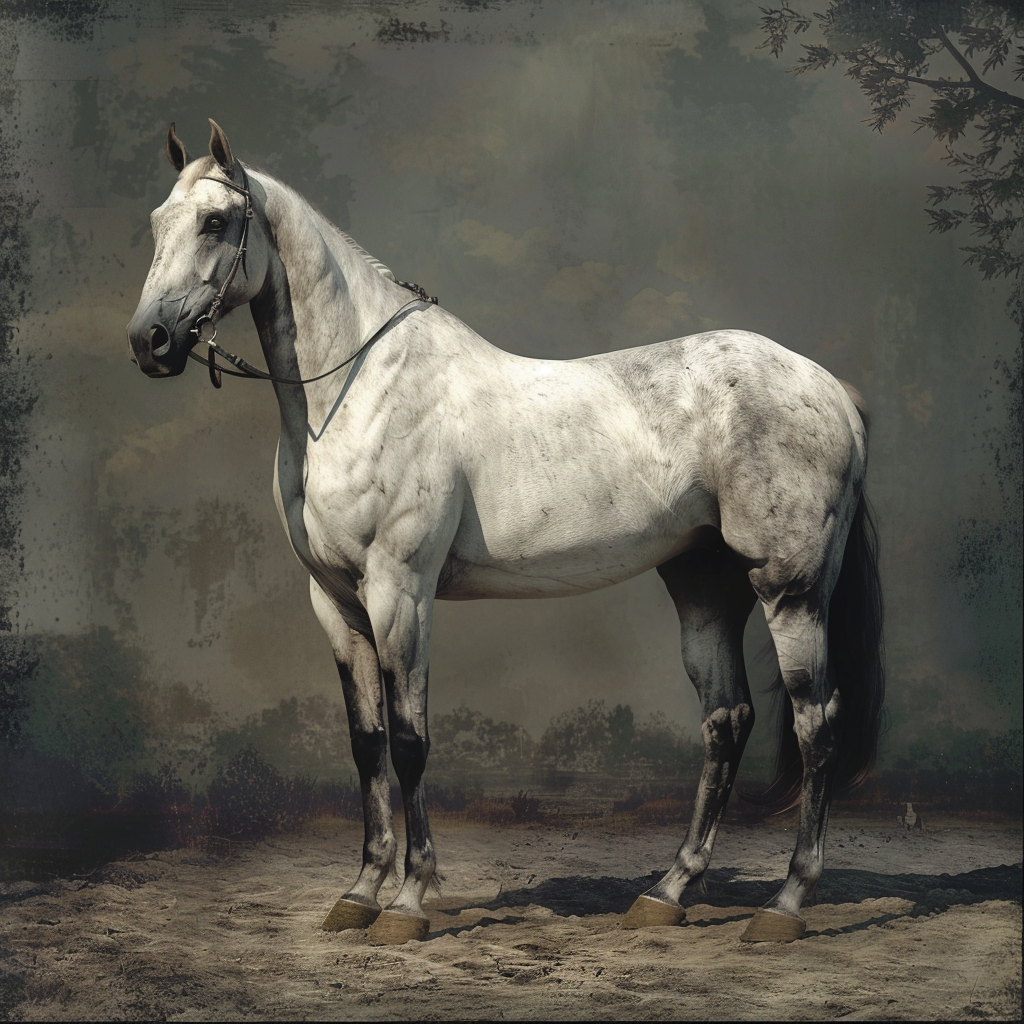
Meeting General Lee
The fateful encounter between General Robert E. Lee and the horse that would come to be known as Traveller took place in the spring of 1861, a momentous period marking the onset of the American Civil War. Lee, then in search of a steed that could match the demands of military leadership, found himself in the vicinity of the Greenbrier River in West Virginia. It was here, at the stables of Major Thomas L. Broun, that Lee first laid eyes on the grey colt that exuded an air of quiet confidence and unparalleled grace.
Initially named Jeff Davis, the horse caught Lee’s attention not just for his striking appearance but for his remarkable characteristics that seemed tailor-made for the trials of war. Traveller displayed an exceptional blend of strength, agility, and endurance, coupled with a calm demeanor that set him apart from the rest. His ability to stand still under gunfire and remain composed amidst the chaos of battle was particularly notable. These traits resonated deeply with Lee, who recognized the value of such steadiness in the tumultuous times ahead.
Major Broun recalled that Lee was drawn to the horse for his size, symmetry, and the vigor that was evident in his every movement. After a test ride that further confirmed Traveller’s suitability, Lee made the decision to purchase him for $200, a considerable sum at the time. From that point on, the grey colt became an integral part of Lee’s life, accompanying him as his faithful companion throughout the duration of the Civil War.
The choice of Traveller was influenced not only by his physical capabilities but also by his mental fortitude. Lee was known for his ability to remain composed under pressure, a trait that Traveller mirrored perfectly. This synergy between horse and rider was instrumental in forging a bond that would become legendary. Lee’s initial impressions of Traveller, marked by admiration for the horse’s serene strength and reliability, laid the foundation for a partnership that would endure the hardships of war and enter the annals of history.
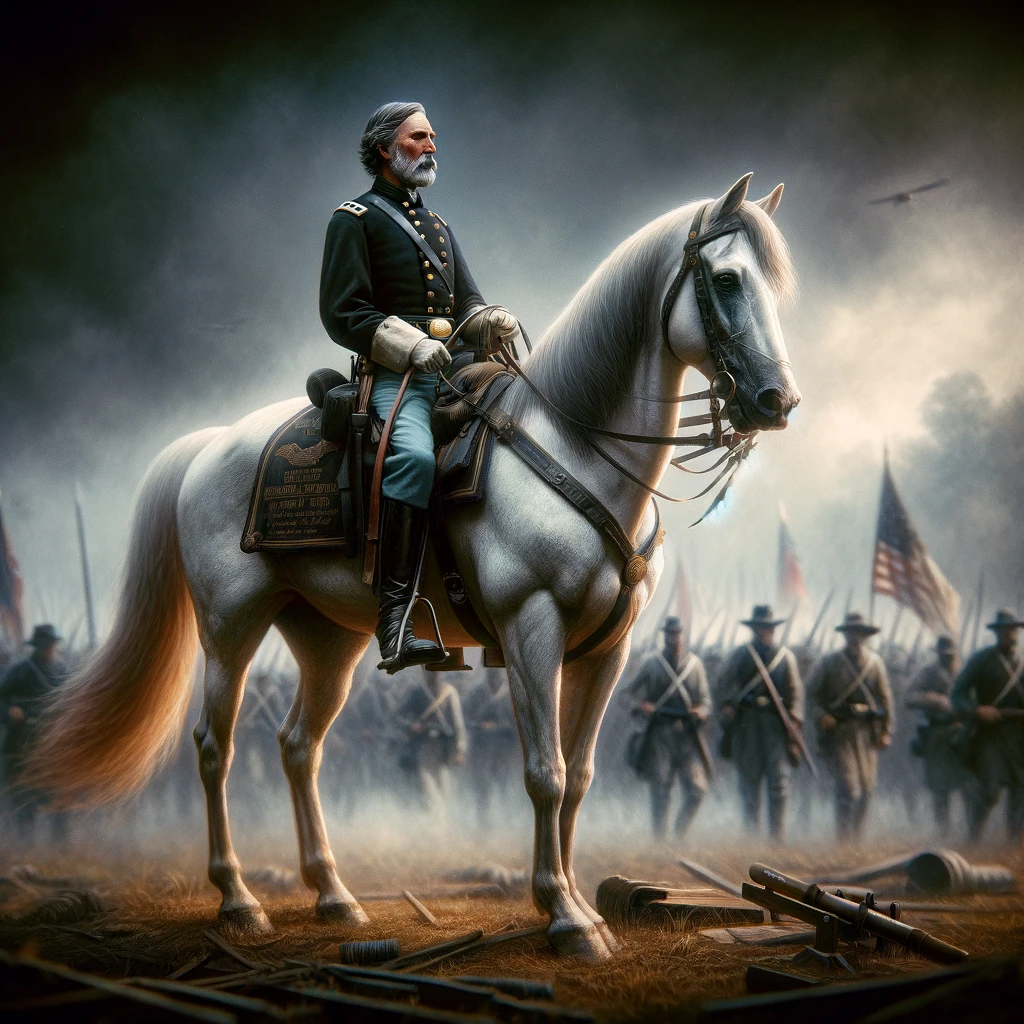
Traveller in the Civil War
Throughout the American Civil War, Traveller distinguished himself as more than just a horse; he was a steadfast companion to General Robert E. Lee, sharing in the trials and tribulations of a nation divided. His role transcended that of a mere mode of transportation; Traveller was a symbol of resilience, carrying Lee into some of the most pivotal battles of the conflict.
From the muddy terrains of Antietam to the rolling hills of Gettysburg, Traveller’s hooves trod the varied landscapes of war-torn America. He was present at major engagements, including the Seven Days Battles, Second Bull Run, Fredericksburg, Chancellorsville, and the enduring siege of Petersburg. In each of these campaigns, Traveller’s endurance and steadfast nature allowed Lee to lead from the front, often under hazardous conditions where the reliability of one’s mount could mean the difference between life and death.
The bond between Lee and Traveller grew stronger with each battle. It was common to see Lee riding Traveller to survey the battlefield, plan strategies, and lead his men. Traveller’s calmness under fire and unwavering loyalty made him an indispensable ally to Lee. This bond was not merely functional but deeply emotional; Lee was known to care for Traveller personally, seeing to his grooming and feeding, a task typically reserved for aides in military camps.
This companionship offered Lee solace and support amidst the chaos of war. Traveller’s consistent presence by Lee’s side became a comforting sight for the Confederate troops, symbolizing strength and steadfast leadership. The horse’s ability to remain composed, even in the din of battle, inspired soldiers and became a testament to the special relationship shared between man and beast during times of conflict.
The war years etched deep marks on both Lee and Traveller, witnessing not just the horrors of battle but also moments of humanity and grace. Their partnership, forged in the crucible of war, became emblematic of the enduring spirit of the Confederacy, reflecting the complexities and nuances of a nation struggling to define itself.
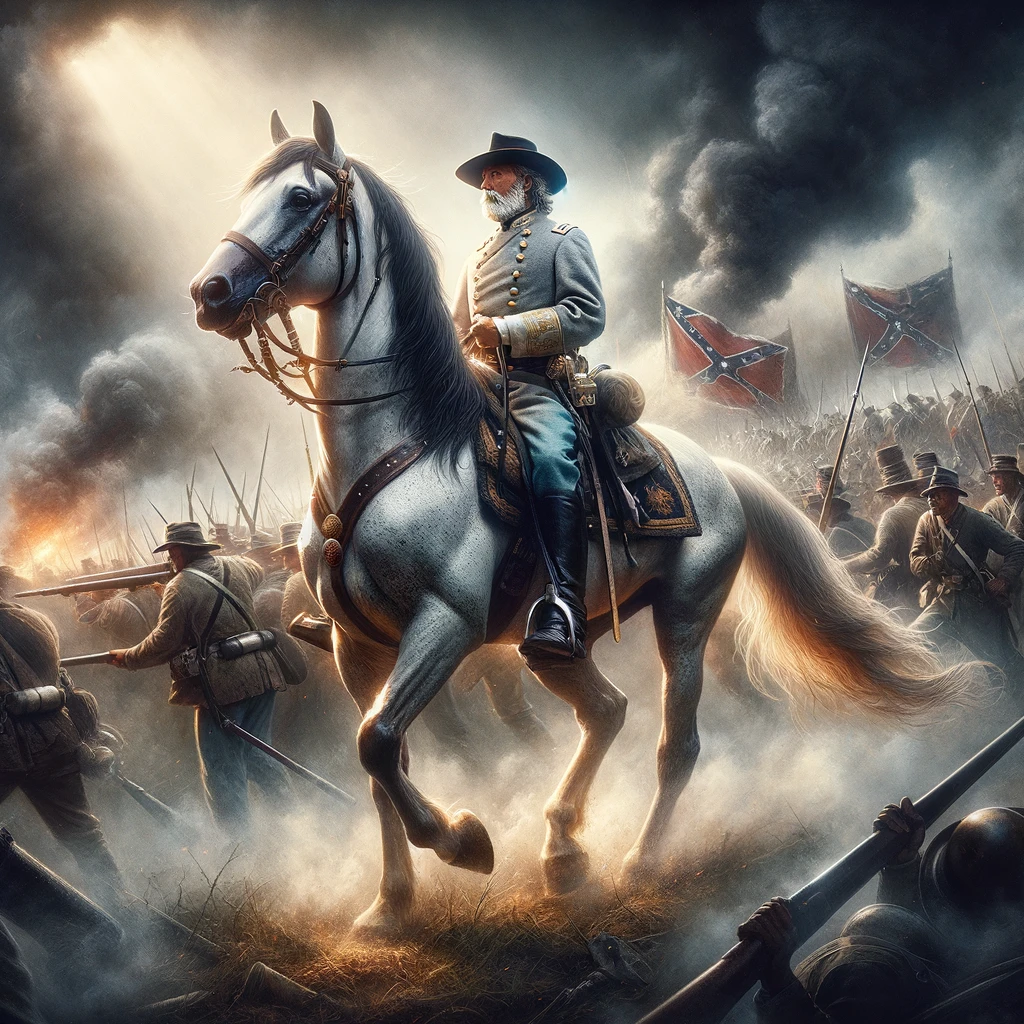
Post-War Years
As the American Civil War drew to a close, both the nation and its people embarked on a path toward healing and reconciliation. Among those navigating this new era were General Robert E. Lee and his faithful companion, Traveller. The war had ended, but their journey together was far from over. In the post-war years, Traveller’s life took a turn from the battlefields to becoming a symbol of peace and reconciliation, mirroring the journey of the Southern states back into the Union.
After the war, Lee assumed the role of president at Washington College in Lexington, Virginia (now Washington and Lee University), and Traveller accompanied him. There, Traveller became a well-known figure on campus and in the local community, often seen grazing on the college grounds or tied outside the chapel during services. His presence alongside Lee was a comforting reminder of resilience and survival, traits both had demonstrated time and again during the war.
Traveller’s fame extended beyond Lexington, as the public’s interest in him and Lee continued to grow. They were invited to attend numerous veterans’ gatherings, memorial dedications, and other post-war events, where Traveller was often paraded before adoring crowds. These appearances not only highlighted the deep affection between Lee and Traveller but also served as a powerful symbol of the South’s efforts to rebuild and move forward.
The relationship between Lee and Traveller played a nuanced role in post-war sentiment and reconciliation efforts. Their bond was seen as emblematic of the courage and dignity with which the South faced defeat. Lee, often revered for his decision to urge reconciliation and peace post-war, found in Traveller a living testament to these ideals. Together, they embodied the possibility of moving beyond the scars of conflict, towards a future of unity.
Traveller’s impact on post-war America was a testament to the enduring bond between him and Lee. It was a relationship that transcended the battlegrounds, offering a glimpse of compassion and mutual respect in a time of great division. Their legacy, symbolized by the faithful journeys they undertook together, served as a reminder of the profound connections that can exist between humans and animals, and the healing power such bonds can offer in times of national recovery.

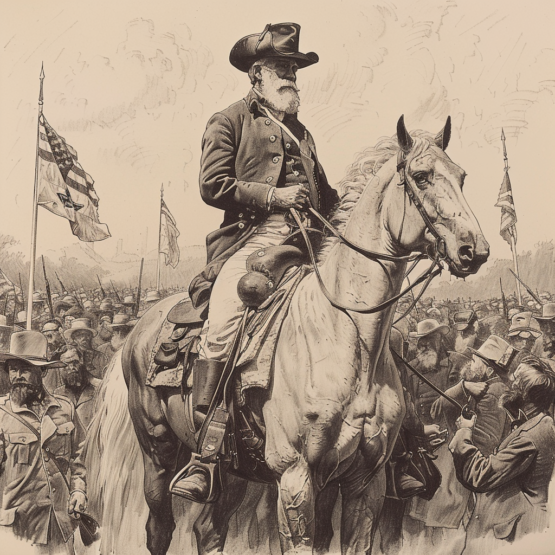
Legacy and Memory
The tale of Traveller and General Robert E. Lee remains a poignant chapter in the annals of American history, transcending the confines of time to inspire generations. Traveller’s journey alongside Lee came to an end in 1871, when he succumbed to tetanus. The loss was deeply felt by Lee and all who had come to know and admire the steadfast steed. In a gesture of honor and remembrance, Traveller was buried near Lee Chapel on the campus of Washington and Lee University, a site that has since become a place of pilgrimage for those wishing to pay homage to both the general and his loyal companion.
Traveller’s legacy, however, extends far beyond his grave. He is immortalized in Southern culture and American history as a symbol of loyalty, resilience, and the profound bonds that can form between humans and animals. His story resonates not only with those who have a keen interest in the Civil War but also with animal lovers and anyone who appreciates the stories of courage and friendship that emerge in times of trial.
Throughout the South, statues, memorials, and other remembrances serve as lasting tributes to Traveller’s memory. Perhaps the most notable of these is the statue of Lee mounted on Traveller, which stands prominently in many locations, including the Virginia Military Institute. These monuments not only celebrate the historical significance of Lee and Traveller but also serve as a reminder of the enduring qualities they embodied.
Additionally, Traveller’s legacy is kept alive through literature, art, and folklore, where his story has been told and retold, capturing the imagination of countless individuals. From academic works to children’s books, the tale of Traveller and Lee continues to inspire and educate, highlighting the depth of their relationship and its impact on American history.
The memory of Traveller endures as a testament to the indelible mark he left on the hearts of those he encountered. More than just a horse, Traveller symbolizes the spirit of survival and hope in the face of adversity. His legacy is a reminder of the powerful connections between people and animals and the profound impact these relationships can have on our lives and our history.
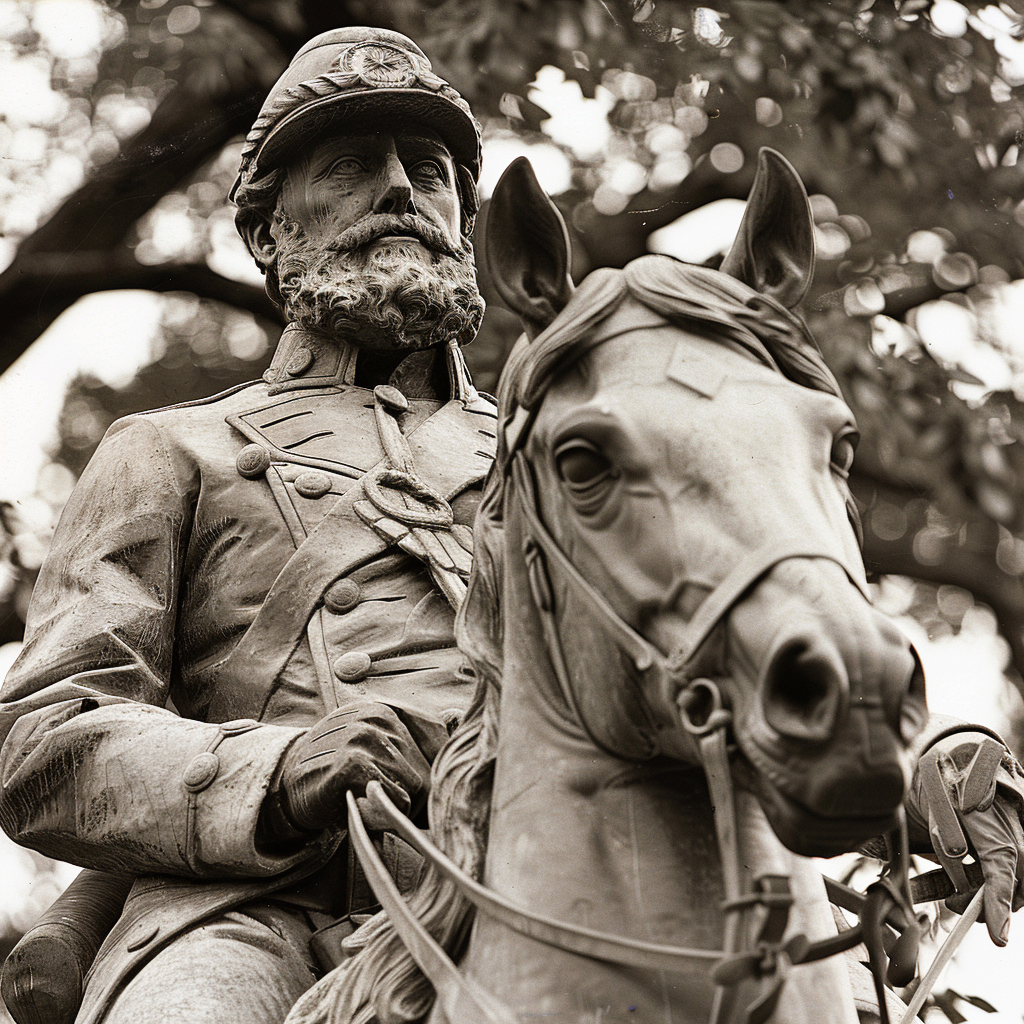
Conclusion
The saga of General Robert E. Lee and Traveller transcends the mere annals of war to touch upon the universal themes of loyalty, resilience, and the unbreakable bonds that can form in the face of adversity. Their relationship, forged in the fires of the American Civil War, stands as a poignant reminder of the personal struggles and deep emotional connections that underpinned one of the most tumultuous periods in American history. Together, Lee and Traveller navigated the challenges of war, embodying the courage, dignity, and unwavering spirit of those they represented.
The story of Traveller offers a unique lens through which to view the Civil War era, shedding light on the personal dimensions of historical figures like Lee. Beyond the strategies and skirmishes, the politics and speeches, it is the human (and animal) stories that truly resonate, offering insights into the character and values of those who lived through these defining moments. Traveller’s unwavering presence at Lee’s side serves as a testament to the depth of their connection, illustrating how, even in the darkest of times, companionship and mutual respect can prevail.
In reflecting on the enduring legacy of Lee and Traveller, we are reminded of the complexity of history and the importance of looking beyond the surface to understand the multifaceted nature of those who have shaped our past. Their story is not just one of war but of partnership, highlighting the significance of loyalty and the profound impact of the relationships that help define our lives.
As we contemplate the legacy of Traveller and Lee, we recognize the power of their story to inspire and teach. It is a narrative that underscores the importance of empathy, the value of steadfastness, and the enduring strength of the bonds that can exist between man and beast. In remembering Traveller, we celebrate not only a remarkable horse but also the timeless lessons of love, loyalty, and resilience he represents.
Read here about another awe-inspiring horse Comanche, the lone survivor at little big horn
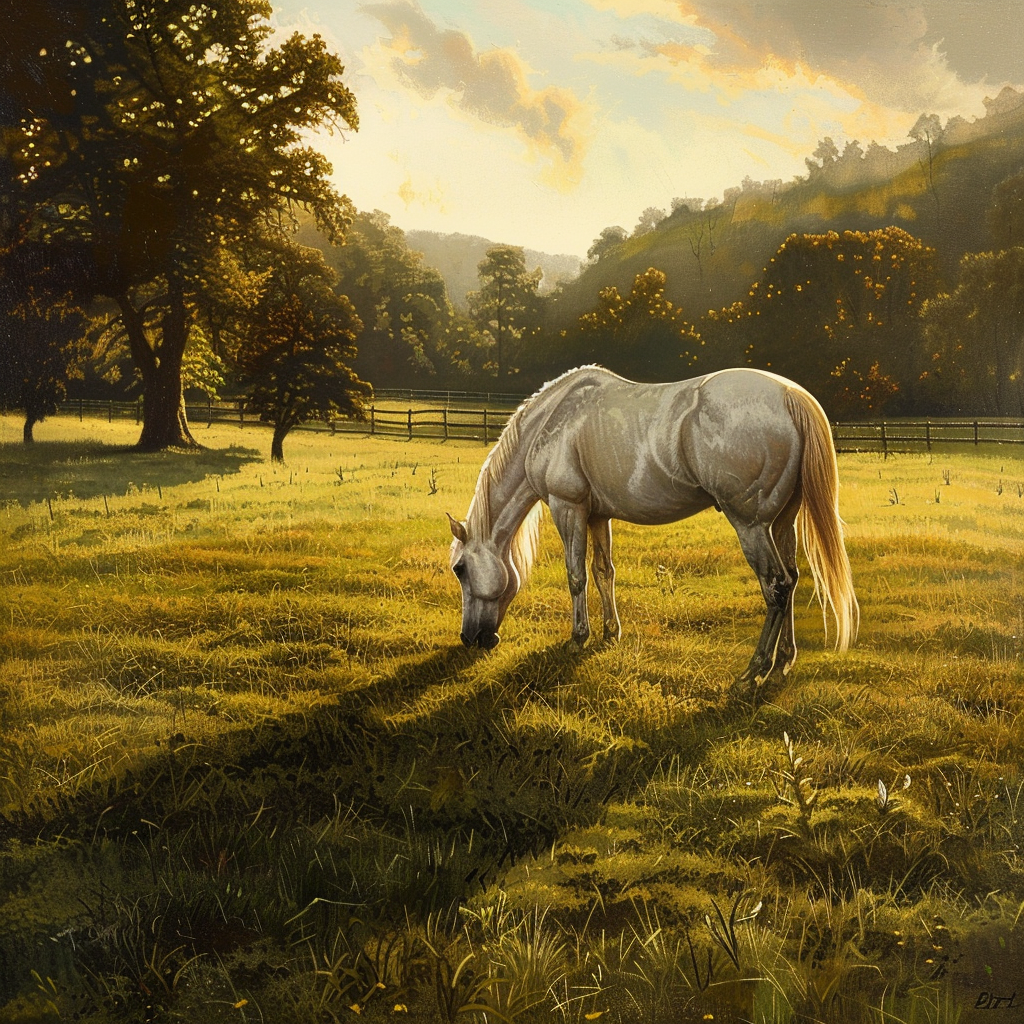
Call to Action
As we close the chapter on the remarkable journey of General Robert E. Lee and Traveller, we extend an invitation to you, our readers, to further explore the legacy of this iconic duo. Across the landscapes of America, numerous museums and historical sites stand as guardians of their story, offering a window into the past where the echoes of hooves and the whispers of history mingle. We encourage you to visit these sacred grounds, from the pastoral campus of Washington and Lee University, where Traveller rests, to the battlefields where he and Lee carved their names into the annals of time. Each site offers a unique perspective on their lives and the era they shaped, providing a tangible connection to the past.
But the story doesn’t end with Lee and Traveller. History is filled with tales of warhorses whose bravery, loyalty, and spirit have left an indelible mark on the hearts and minds of those who hear their stories. From the courageous Comanche, surviving the Battle of the Little Bighorn, to the steadfast Sergeant Reckless, who carried ammunition and hope during the Korean War, these equine heroes have played pivotal roles in our shared history.
We invite you to share your thoughts, reflections, and perhaps even stories of other legendary warhorses that have captured your imagination. How do you perceive their legacies? What can they teach us about courage, loyalty, and the unspoken bond between humans and animals? Your insights and stories are a valuable part of this ongoing dialogue, enriching our collective understanding of history and the enduring spirit of these remarkable animals.
Join us in celebrating the legacy of Traveller and the countless other warhorses whose stories remind us of the profound connections that can transcend the boundaries of time and conflict. Share your thoughts, visit these historical sites, and keep the memory of these noble companions alive for future generations to cherish.
Further resources
- National Park Service (NPS): The NPS offers comprehensive guides and historical insights into many Civil War battlefields and historical sites. Readers can explore the settings where General Lee and Traveller made history. https://www.nps.gov/civilwar/index.htm
- The American Civil War Museum: With collections and exhibitions that delve into the Civil War from multiple perspectives, the museum provides a wealth of information on the era, including the roles of key figures and their companions. https://acwm.org/
- Washington and Lee University: The university’s Lee Chapel & Museum not only serves as the final resting place of Lee but also houses exhibits on Lee’s life and legacy, including Traveller. https://www.wlu.edu/lee-chapel-and-museum
- The Virginia Museum of the Civil War: This museum provides insights into Virginia’s role in the Civil War, including stories of notable figures like General Lee and Traveller. https://www.vmi.edu/museums-and-archives/virginia-museum-of-the-civil-war/
- Civil War Trust: A treasure trove of Civil War history, offering detailed articles, maps, and more on battles, people, and the roles of horses in the war. https://www.battlefields.org/learn
- Books: For those interested in a deeper dive, books such as “Traveller” by Richard Adams and “Lee’s War Horse: The Life and Career of General Robert E. Lee’s Horse, Traveller” by Philip Van Doren Stern offer detailed accounts of Traveller’s life alongside General Lee.
- Local Libraries and Archives: Encourage readers to explore local libraries and state archives for primary sources, letters, and documents related to General Lee, Traveller, and the Civil War. Many libraries offer digital collections as well.


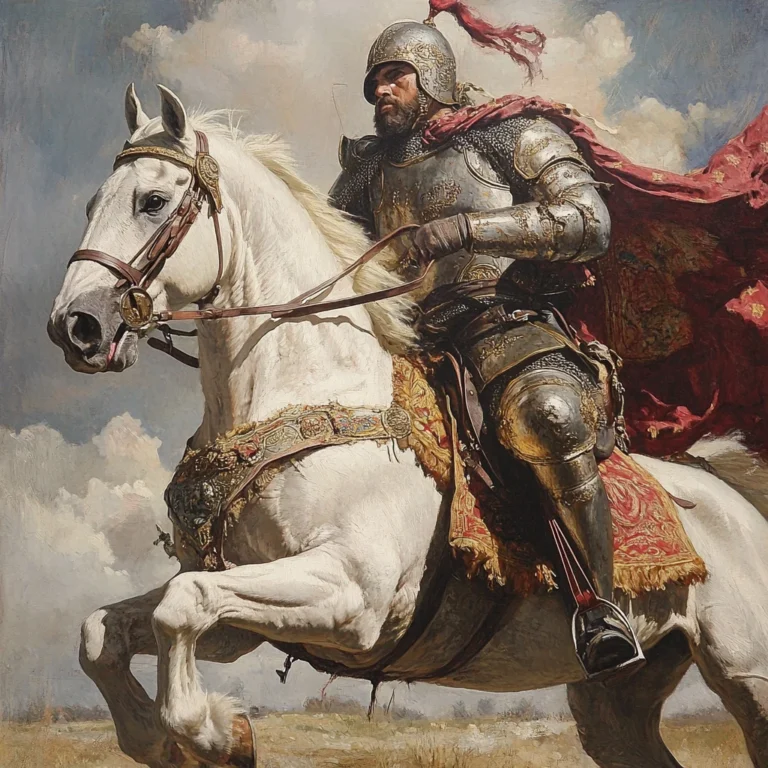
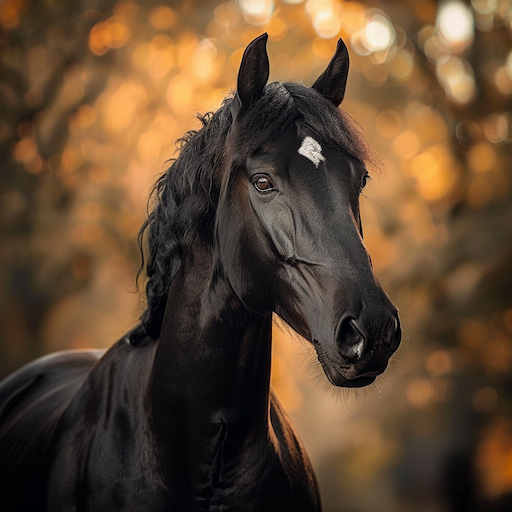


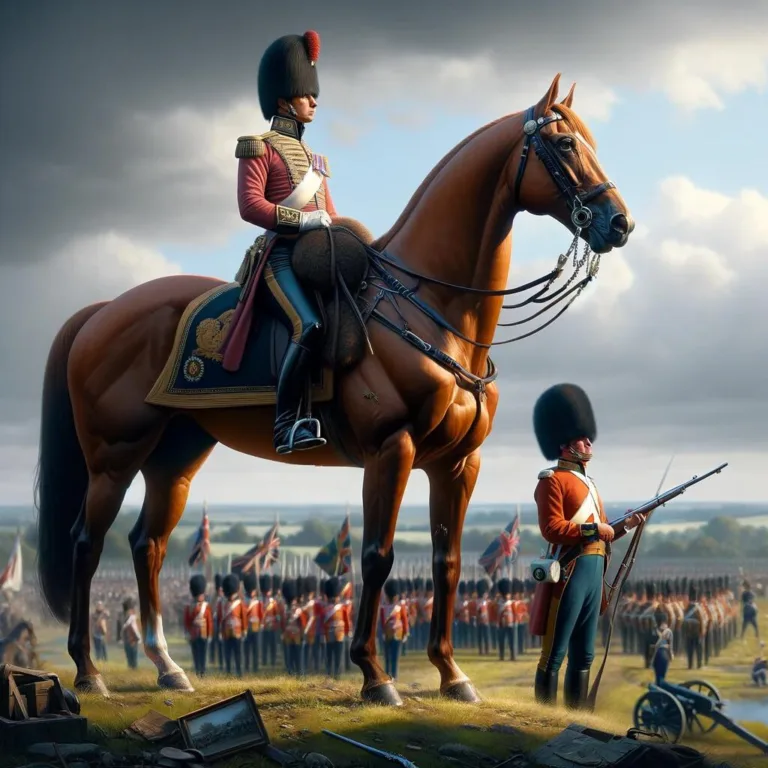
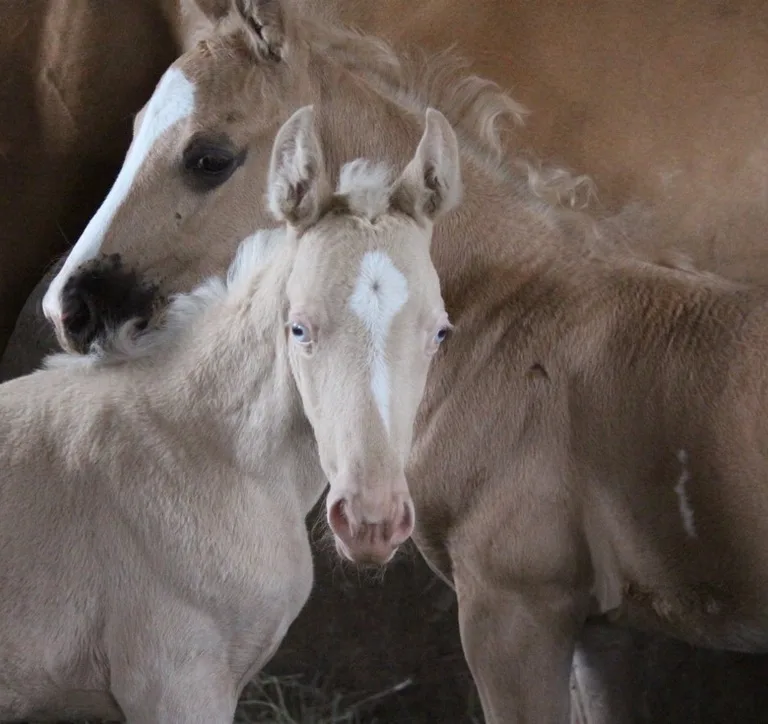
Leave a Reply